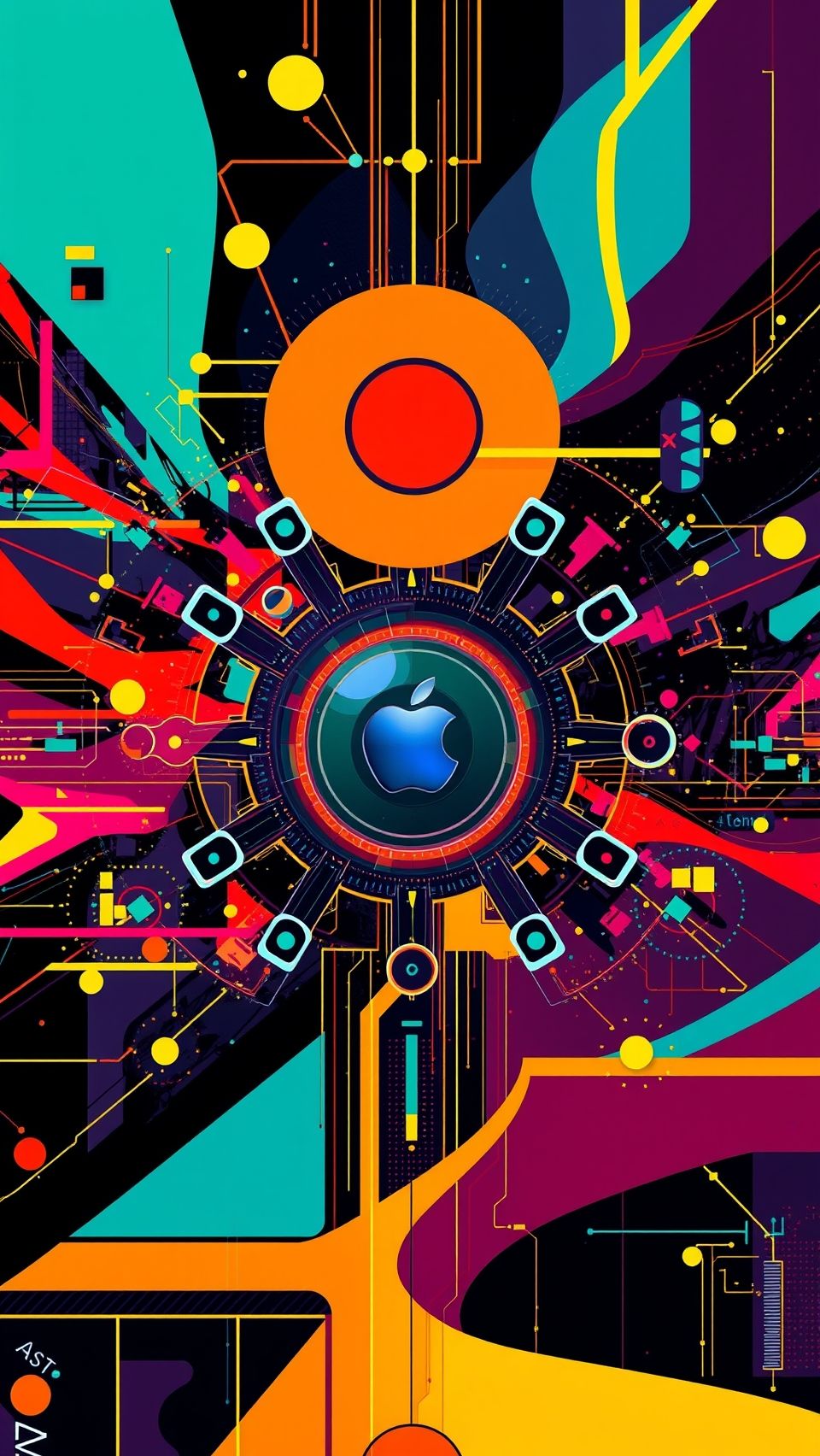24. March 2025
Apple Poised To Unlock Smartwatches True Potential With Ai-Powered Cameras And Revolutionary Features

Apple may be on the cusp of incorporating cameras and artificial intelligence (AI) features into their smartwatches, enabling users to interact with the real world in ways previously unimaginable. According to a recent report by Bloomberg, Mark Gurman revealed that Apple is exploring more ambitious uses for AI, such as adding cameras to AirPods and incorporating visual intelligence capabilities into their devices.
The camera addition would be a game-changer for smartwatch functionality. By integrating a camera into their watches, Apple could enable users to leverage AI-powered capabilities that rival those found on their iPhone 16 models. These features would allow users to summarize and copy text from images captured by the camera, including translating between languages. Additionally, they would automatically open a prompt to add email addresses or phone numbers to contacts if you see them in the real world. Users could also search Google for where to buy an item directly from a photo of that item and ask AI-powered virtual assistants like ChatGPT to explain unfamiliar diagrams or notes.
These capabilities would not only enhance the user experience but also provide a unique selling point for Apple’s smartwatches in the increasingly competitive market. The prospect of having a camera on their wrist could set Apple’s watches apart from their competitors, making them an attractive option for those seeking a more immersive and interactive smartwatch experience.
However, this news comes at a time when consumers have already filed a class-action lawsuit against Apple, alleging that many promised AI-powered features, particularly those tied to Siri, were never fully realized. The lawsuit, filed in mid-March, raises questions about the company’s commitment to delivering on its AI promises and whether these omissions may be indicative of a broader issue.
Behind the scenes, Apple has been reorganizing its AI division, removing John Giannandrea as head of the team and appointing Mike Rockwell, former Vision Pro executive. This change in leadership could signal a shift towards a more measured approach to AI adoption, allowing the company to introduce these technologies in a way that differentiates their ecosystem.
Historically, Apple has taken a cautious approach to AI adoption, preferring to incorporate widely established generative AI tools into their devices rather than developing their own proprietary solutions. This strategy has allowed the company to differentiate its ecosystem while still benefiting from the advancements made by other firms.
However, this measured approach may be changing. The recent report by Bloomberg suggests that Apple is exploring more ambitious uses for AI, such as adding cameras to AirPods and incorporating visual intelligence capabilities into their devices. While these innovations hold great promise, they also raise questions about the company’s willingness to take risks and push the boundaries of what is possible with AI.
As AI literacy becomes an increasingly essential skill in today’s workplace, it is clear that Apple must continue to evolve its approach to AI adoption if it hopes to remain competitive. According to LinkedIn, skills like AI literacy, conflict mitigation, and adaptability are on the rise as companies seek to harness the power of artificial intelligence to drive innovation and growth.
The introduction of cameras and AI-powered features into Apple’s smartwatches would be a significant step towards realizing this vision. By leveraging the capabilities of these technologies, Apple can create a more immersive and interactive experience for its users, setting itself apart from competitors and cementing its position as a leader in the wearable technology market.
The potential impact on consumer behavior and preferences cannot be overstated. For many consumers, the ability to seamlessly integrate AI-powered features into their smartwatches would be a game-changer, enabling them to interact with the world around them in new and innovative ways. As the boundaries between the physical and digital worlds continue to blur, companies that can harness the power of AI and provide users with engaging and intuitive experiences will be at the forefront of this revolution.
In the context of wearable technology, Apple’s potential foray into cameras and AI-powered features is particularly significant. The company has already established a strong presence in this market, but its integration of these technologies would take smartwatches to a whole new level, offering users a more immersive and interactive experience that rivals that found on their iPhone devices.
Furthermore, the inclusion of cameras and AI-powered features would open up new avenues for creativity and self-expression. Users could capture and share photos, videos, and other content directly from their wrists, enabling them to express themselves in ways previously unimaginable. This capacity for creative expression could be a major differentiator for Apple’s smartwatches, setting them apart from competitors and cementing their position as leaders in the wearable technology market.
Ultimately, the potential impact of cameras and AI-powered features on Apple’s smartwatches will depend on how well the company executes its vision. If executed correctly, these innovations could propel Apple to new heights, establishing it as a leader in the wearable technology market and setting the stage for a future filled with endless possibilities and opportunities.
The emergence of cameras and AI-powered features on Apple’s smartwatches marks an exciting new chapter in the company’s history, one that promises to be filled with innovation, creativity, and possibility. As we wait to see how these innovations unfold, it is clear that the future of smartwatch technology will be shaped by the intersection of technology, design, and user experience.